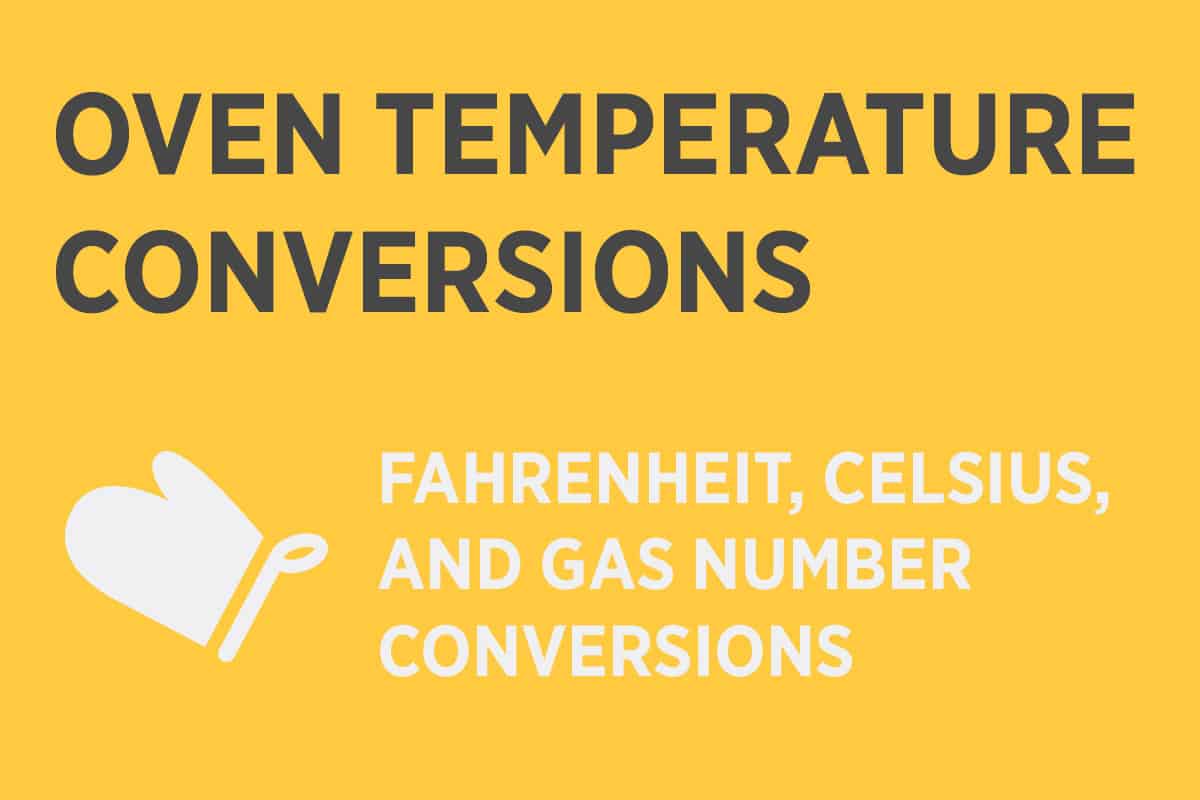Imagine you’re in a bustling Italian kitchen, the air thick with the aroma of simmering tomato sauce and baking bread. You’re watching a seasoned chef adjust the temperature of a roaring oven, a dial spinning to a seemingly scorching 400 degrees. But wait, that reading is in Celsius! Your recipe calls for Fahrenheit. A mental calculation flashes through your mind, but you’re uncertain. We’ve all been there, facing the bewildering conversion between Celsius and Fahrenheit, especially when dealing with high temperatures. This article will unravel the mysteries of this conversion and give you the tools to confidently navigate any heat-related scenario, from baking your favorite cake to understanding weather forecasts.

Image: rogerropfrancis.blogspot.com
Celsius and Fahrenheit are two scales commonly used to measure temperature, each with a unique history and application. While Celsius is the standard in most scientific and international contexts, Fahrenheit remains popular in the United States. This difference in preference can lead to confusion, particularly when dealing with extreme temperatures like 400 degrees Celsius. Thankfully, understanding the conversion process is simpler than you might think.
Decoding the Celsius to Fahrenheit Conversion
The conversion between Celsius and Fahrenheit hinges on a specific formula, a mathematical bridge connecting these two seemingly disparate systems. Here’s the breakdown:
- The Formula: To convert Celsius to Fahrenheit, we utilize the formula: °F = (°C × 9/5) + 32.
- Breaking it Down: Let’s examine each element of the equation.
- °C: Represents the temperature in degrees Celsius.
- 9/5: This fraction serves as the conversion factor. It accounts for the different sizes of the degree units between the two scales.
- 32: Represents the offset in degrees between the freezing points of water on each scale.
Applying the Formula: 400 Celsius to Fahrenheit
Now, let’s dive into the conversion of 400 degrees Celsius to Fahrenheit using the formula.
- Substitute: Replace °C in the formula with 400 degrees Celsius: °F = (400 × 9/5) + 32.
- Calculate: Multiply 400 by 9/5, which gives us 720.
- Add Offset: Add 32 to 720, resulting in 752 degrees Fahrenheit.
Therefore, 400 degrees Celsius is equivalent to 752 degrees Fahrenheit.
Beyond the Numbers: Practical Applications
Understanding the Celsius to Fahrenheit conversion isn’t just an academic exercise. It plays a crucial role in everyday life, impacting numerous aspects.
- Cooking: From baking a perfect pizza to searing a juicy steak, accurately translating temperatures between Celsius and Fahrenheit is essential for achieving culinary success.
- Weather: Whether checking the forecast for a beach trip or understanding weather warnings, the ability to convert temperatures ensures you’re prepared for any climate.
- Science and Industry: In research labs and industrial settings, precise temperature measurements are crucial, requiring a seamless conversion between scales.
- Travel: Venturing to different countries often means encountering temperature units different from your own. Mastering the conversion ensures you can comfortably adapt to new climates.

Image: www.inspiredtaste.net
Expert Tips for Efficient Conversions
While the formula offers a reliable method, there are other resources and approaches that can simplify the process:
- Online Conversion Tools: Numerous websites offer free Celsius to Fahrenheit conversion tools, eliminating manual calculations and providing fast results.
- Conversion Charts: A handy conversion chart can serve as a quick reference for common temperature values, allowing you to instantly translate between Celsius and Fahrenheit.
- Mobile Apps: Many smartphone apps are available that offer built-in temperature conversion capabilities, making it convenient to do conversions on the go.
400 Celsius To Fahrenheit
Mastering the Heat: Conclusion
Understanding the Celsius to Fahrenheit conversion is an invaluable skill, empowering you to navigate diverse temperature scenarios with confidence. Whether it’s adjusting a kitchen oven or interpreting a weather report, understanding how these scales relate is crucial. This knowledge empowers you to make informed decisions and seamlessly transition between units, ultimately making your life simpler and more efficient. So, the next time you encounter a temperature in Celsius, don’t be intimidated. Grab your trusty conversion tool or formula, and conquer the heat with ease!






